

Introduction of PCD Reamers
PCD reamer is supported by carbide or steel matrix, and welded with polycrystalline diamond composite sheet at the cutting edge to form a high-hardness cutting edge. It can be processed efficiently by laser or precision grinding to achieve the required geometric shape. PCD reamer has high hardness, high wear resistance and excellent processing accuracy due to the superhardness of diamond (hardness 8000-10000HV). It is suitable for high-efficiency, precision hole reaming and through-hole tools for non-ferrous metals, composite materials and other high-hardness, high-wear-resistant and difficult-to-process materials.
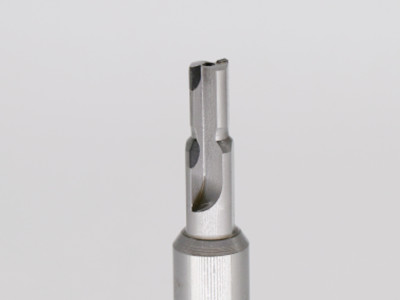
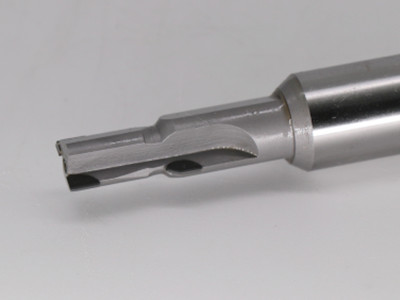
Customer case of External Grinding PCD Reamers
Our client, a precision cutting tool manufacturer, was seeking to optimize the outer diameter grinding of six-flute PCD reamers, which feature a combination of PCD cutting edges and tungsten carbide shanks. The grinding process involved intermittent cutting with a stock allowance of 0.05mm, and a critical requirement for the edge chipping to be no more than 0.02mm.
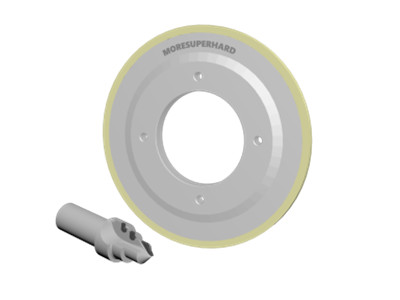
PCD Reamers Grinding Wheel Specification:
Type: Ceramic Bond Diamond Wheel
Model: 3A1
Grit Size: 1500 mesh
Outer Diameter: 350 mm
Structure: One-piece ring-pressed abrasive layer
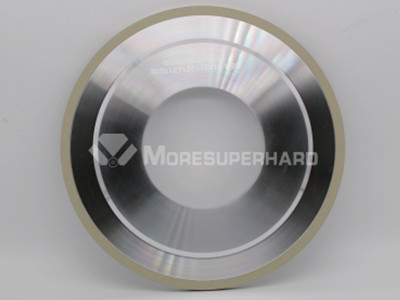
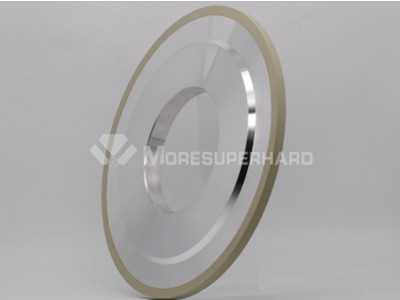
External Grinding Wheel Test Results & Observations
Performance on PCD Edge: The ceramic bond diamond wheel successfully met the stringent edge quality requirement during the initial stage of grinding the PCD layer.
Issue on Carbide Shank: During the second stage—transitioning into the tungsten carbide section—an abnormal noise was detected, indicating instability. The root cause was traced to excessive hardness of the grinding wheel when engaging with the denser carbide material.
PCD Reamers Grinding Technical Insights:
PCD vs. Carbide Composition: While our ceramic bond wheels perform exceptionally well on PCD layers, tools with a significant tungsten carbide portion pose additional challenges. Harder wheels that excel on PCD can struggle with heat dissipation and chip evacuation on carbide, leading to burning, loading, and noise.
Features of Moresuperhard Cylindrical Grinding Wheel for PCD Reamers
Our ceramic diamond wheels are manufactured with a one-piece ring-pressed abrasive layer, as opposed to segmented and bonded types.
This advanced design ensures: Superior dimensional stability due to higher sintering and temperature control standards
Lower risk of chipping and burn thanks to consistent density and shrinkage control Enhanced edge quality and surface finish
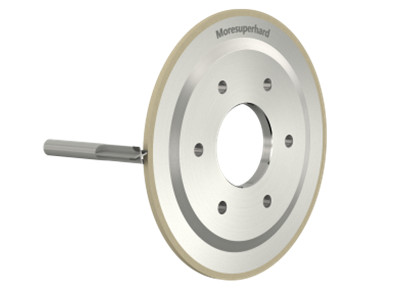
Moresuperhar Grinding Solution & Optimization for PCD Reamers
To address the instability during carbide grinding, we proposed and are now testing a slightly softer bond formula paired with a coarser grit size. This combination is expected to improve chip clearance and reduce grinding force, leading to a more stable and cooler cutting environment, especially in the carbide section.
<< :Analysis of Common Problems in PCD Tool Grinding
<< :Diamond wafer: the future star of the fourth-generation semiconductor materials
High-performance diamond composite cutters (PDC) for stone cutting saw blades. Learn key structural features, performance requirements, and selection guidelines for granite, marble, and quarry cutting applications.
Comparison of ns, ps, and fs lasers for PCD, carbide, and ceramic machining, and how Moresuperhard’s 5-axis laser PCD grinding machine delivers high-precision cold laser processing.
Add: Zhongyuan Rd, Zhongyuan District, Zhengzhou, 450001, Henan, China
Tel: +86 17700605088